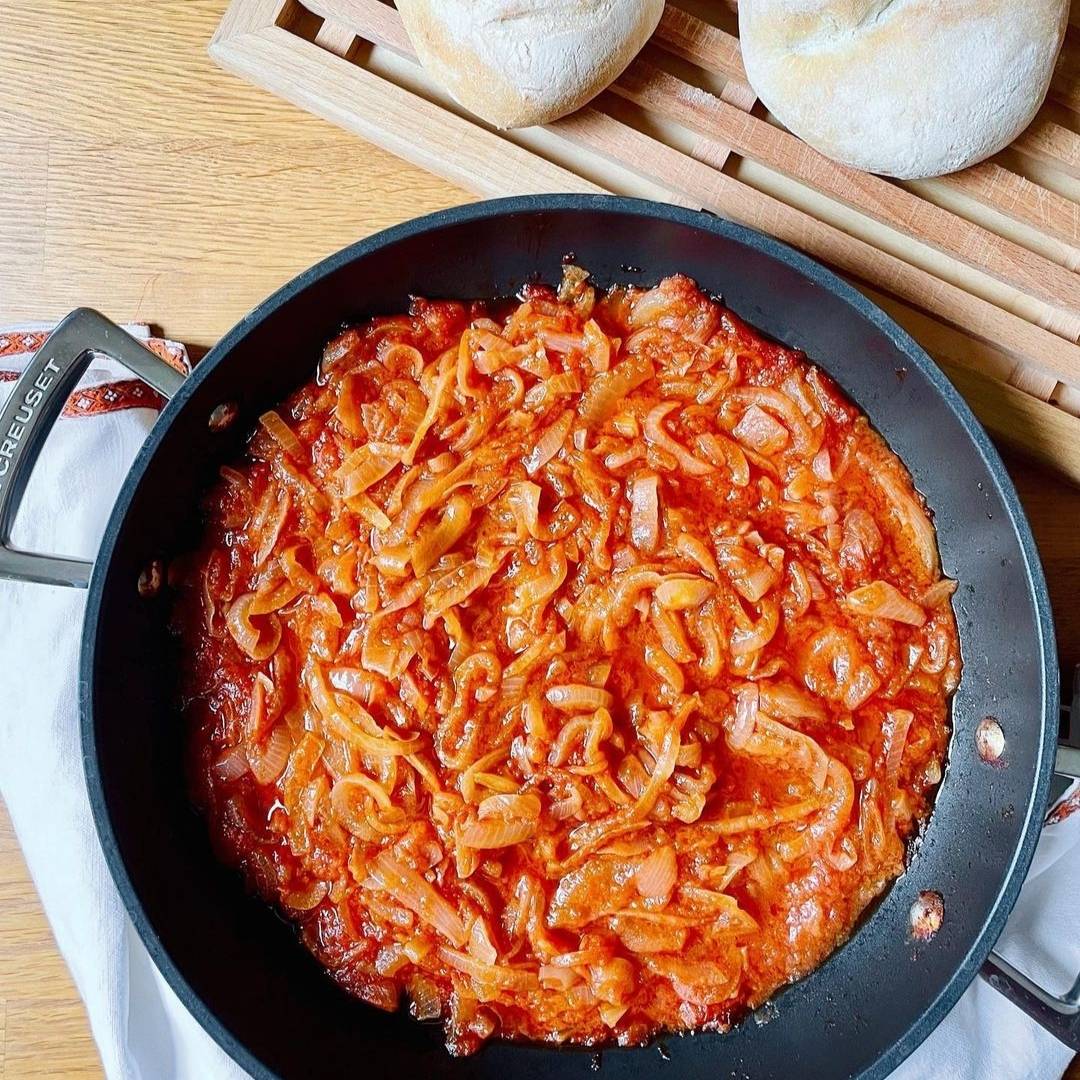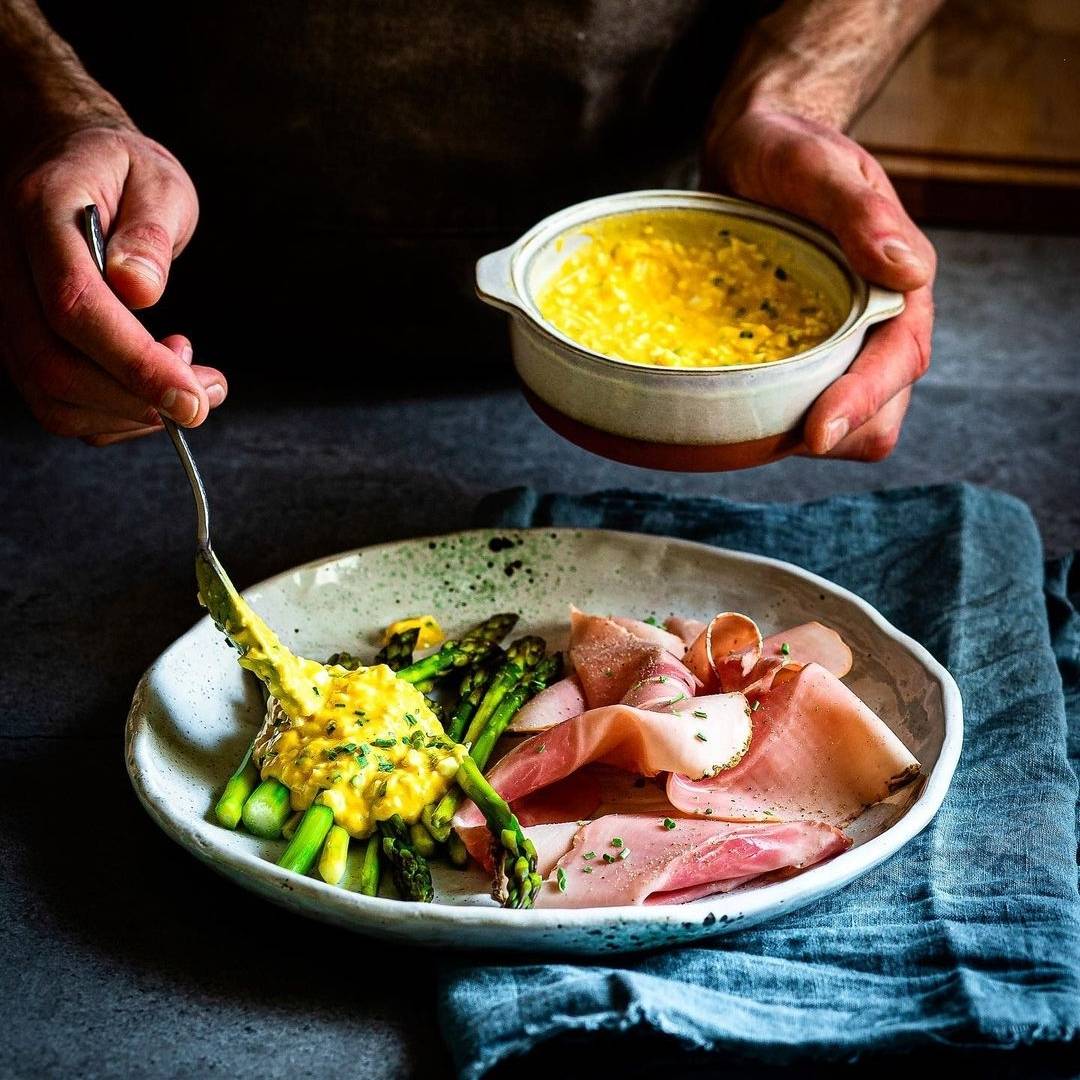15 Most Popular Italian Sauces

Italians and pasta: a mutual and ancient love, recognized all over the world. Rich in the history and traditions of different regions around the country, there are dozens and even hundreds of ways to season a first course, or even a second.
Let’s discover the country from north to south with a roundup of the 15 most popular Italian sauces, from the simplest to the most complex. They come rich in flavor or more delicate, satisfying all tastes.
1. Salsa al Pomodoro (Tomato Sauce)

This is a sauce that perfectly embodies Italian tastes. Simple and appetizing, it is the Mediterranean condiment par excellence. The fresh tomato and basil sauce goes well with any pasta, fish, or meat main course, or as an appetizer.
Prepared in various ways, the ingredients are always the same: onion, basil, extra virgin olive oil, and, of course, tomatoes. The ideal tomatoes are peretto, vesuviano, ramato, and sammarzano, all of which are typical of the southern regions, Puglia, Calabria, and Campania.
An economical, versatile, and concentrated flavor sauce.
2. Ragù Sauce

This sauce is a good representative of Italy abroad: ragù, one of the most copied and modified sauces in the world. It is typical of Bologna in the Emilia Romagna region and its name derives from the French word “ragout”, which means “to awaken” (the appetite).
In ancient times, it was cooked as a stew similar to the modern hotpot, but it became a sauce thanks to an experiment by a Bolognese cook in the service of Louis XIV.
The original is made with a mix of minced meat: veal, beef, pork, sausage, coppa, all browned with celery, carrot, and onion, and cooked over a low heat for several hours, at least three and a half to four. It is cooked so long because the fat seeps out, giving it that extra irresistible flavor.
3. Pesto Genovese

Genoa is the Ligurian city that gave the world pesto. It is a very old recipe, first appearing in a gastronomy book dated back to the 1800s.
Traditionally the pesto recipe requires only a few very select ingredients: basil leaves from Prà, extra virgin olive oil from the Ligurian Riviera, Italian pine nuts, Parmigiano Reggiano cheese, Pecorino Sardo cheese, garlic from Vessalico, and coarse sea salt. The ingredients are mixed together using only a marble mortar and wooden pestle.
4. Pesto alla Siciliana

It is thanks to the Genoese sailors who visited the east and returned to the port of Trapani that Sicilian pesto was born. With ingredients from Sicilian lands, the Genoese revisited their pesto, adding tomatoes, almonds, and ricotta in variable proportions.
A tasty and colorful alternative to the typical Ligurian pesto, it has conquered the country and is deserving of the title “a great classic”.
5. Carbonara Sauce

The most beloved sauce in Rome, and all over the world, is a cornerstone dish of Italian cuisine that has been imitated, debated, and confused with lesser sauces.
Legend has it that it was an invention of the creative chef Renato Gualandi, who made it in 1944 for American troops in Rome to lunch on.
Try these carbonara-based recipes: Fagottelli Carbonara and Fettuccine Carbonara.
True carbonara is prepared with guanciale cut into strips and cooked until it becomes slightly crispy. The other ingredients are eggs, grated pecorino cheese, preferably Roman, salt, and pepper. Please note: the use of cream is absolutely forbidden. Moreover, in order to prepare the perfect carbonara, the pasta should be long, so yes to spaghetti, bavette, or bucatini.
6. Amatriciana Sauce

Amatrice is a small town in the province of Rieti, in the region of Lazio, which is the birthplace of Amatriciana sauce. The main ingredients are guanciale, pecorino cheese, fresh tomato, chili pepper, and salt. It is included in the list of traditional food products of Lazio.
It was prepared by the wandering shepherds of Amatrice who went to the pastures with lard, dried pasta, guanciale, and pecorino cheese.
7. Salsa Verde

This is a recipe from Piedmont that was originally created to accompany boiled meat. It is also excellent combined with vegetables, cheese, fish; and pretty good spread on toast, in sandwiches, or on pizza.
The first mention of a recipe for green sauce, or bagnet Verd, dates back to 1891, when it was created by Giovanni Vialardi, cook and pastry chef in the service of the House of Savoy for more than twenty years.
It is made with oil, vinegar, anchovies, parsley, capers, cucumbers, eggs, bread crumbs, and garlic, all finely chopped and mixed together. Simple and quick to prepare, it does not require cooking.
8. Puttanesca

A typical sauce of Neapolitan cuisine but famous all over the world is puttanesca sauce. It is simple to prepare, with black olives, capers, fresh tomatoes, and chili pepper.
The sauce has a truly unique name (puttanesca derives from “puttana”, which means whore), about which many stories are told. Among the most accredited ones, it is said that this tasty spaghetti sauce was created by a prostitue and her client in the kitchen of a brothel in the Quartieri Spagnoli (Spanish Quarters) of Naples.
Others say it was invented late one night in a famous restaurant in Ischia in the 1950s, when a group of hungry customers asked the owner to make “una puttanata qualsiasi (any bullshit)”. With few ingredients left, that is exactly what he did; a simple and quick dish.
9. Salsa in Saor

Saor in Venetian dialect means taste. The flavors of this sweet and sour sauce come from cooked onions and white wine vinegar, often enriched with raisins and pine nuts.
This sauce has a maritime background, originating in Venice. With no refrigerators quite yet, the fish didn’t always last more than a few days into long sea journeys, so onion was used in abundance to kill the bacteria that deteriorates food.
Sardines in saor is made with this sauce, a milestone of Venetian cooking. The dish has spread throughout Italy with numerous variations produced over time in various regions. But the original recipe from Venetian sailors requires only three ingredients: sardines, onions from Chioggia, and good white wine vinegar.
10. Sugo alla Norma (Norma Sauce)

Norma sauce is a symbol of the Mediterranean. This rich and tasty topping for pasta was born in Catania and soon spread first throughout Sicily and then around the entire country. Tomatoes are combined with fried eggplant, grated salted ricotta, and basil to give a touch of freshness.
It is believed the sauce was named by a playwright from Catania, Nino Martoglio, who called it Norma after the famous opera by Vincenzo Bellini as a tribute to its fragrance and goodness.
11. Sugo di Noci (Walnut Sauce)

After pesto, walnut sauce is the next most traditional sauce of Liguria. It has very old origins and was in widespread use in ancient Persia. During the era of the Republic, the Genoese discovered it thanks to their trade with the East, bringing the recipe back home. Originally, walnut sauce was called agliata bianca (white agliata), agliata di noci (walnut agliata), or savore of walnuts and garlic.
Besides walnuts and garlic, the sauce includes bread crumbs, milk, and Parmigiano Reggiano cheese. It has a creamy texture, ivory color, and sweet flavor. It goes particularly well with ravioli and pansoti, a famous local fresh pasta filled with chard and herbs, eggs, and cheese.
12. Muddica Atturrata

Muddica atturrata is a base used in many traditional dishes of Sicilian cuisine and is known as the “cheese of the poor”. It is made with toasted bread crumbs, atturrare, which means toasting, and it takes on the consistency of grated cheese. It is used in many dishes giving them a unique taste and crunchiness. Among the most famous is a sauce for pasta, mixed with fried garlic and anchovies in oil.
The origins of this dish are ancient and surrounded by legend. The first evidence dates back to the high Middle Ages in Armento, in the province of Potenza. The dish was said to have originally been prepared by a commoner to celebrate the victory of her villagers who, led by Byzantine monks, stopped the Saracen invaders.
13. Vongole Sauce

This is a typical sauce for spaghetti with clams, a classic dish of Campania cuisine, widespread and very much loved on all Italian coasts. The origins of this “poor” dish, testament to the irony of the Neapolitan, is unknown.
Try this delicious spaghetti Vongole recipe. Chef Paul Hegeman swears it’s better than most spaghetti Vongole he has eaten in Italy.
Only five ingredients are used: garlic, oil, chili pepper, parsley, and, of course, clams. That may make it seem an easy dish to prepare, but it is not. All the ingredients must be of the highest quality and cooked perfectly. The clams must be seared for absolutely the right amount of time to get the perfect creaminess to bind the ingredients together.
14. Friggione

Friggione is not only a traditional Bolognese specialty made with onions but also a dish with identity, history, and soul. It is considered a truly historic recipe, the original being kept at the Bologna Chamber of Commerce, a privilege reserved only for the most famous tortellini, tagliatelle, and ragù.
Of peasant origin, it was a cheap and tasty preparation that leant itself perfectly to becoming a dish in its own right. It was in fact the breakfast and lunch of peasants and farmworkers.
The original nineteenth-century recipe of Mrs Maria Manfredi Baschieri says to fry white onions over a very low heat in lard, add a pinch of sugar and coarse salt, and then cook it for a long time together with fresh tomatoes. Very simple but requiring a long time to cook, it is usually prepared the evening before.
Friggione is good with everything: it can be eaten as a side dish with meat main courses, with polenta, on toast as an appetizer, or as a topping for pasta.
15. Salsa Bolzanina (Bosner Sauce/Bolzano)

Bolzano sauce is a typical recipe from Trentino Alto Adige, also known as Bozner sauce. It is made with boiled eggs, seed oil, and mustard, with the addition of a little vinegar and chives.
It is usually served to accompany the white asparagus of Terlano, but it is also excellent as a savory filling for cream puffs, for seasoning meat or fish dishes, or simply spreading on toast. It is really quick to put together and is creamy and very tasty.
Learn more about Italian foods with our round-up of the best Italian cheeses.



Very nice post about it italian sauces. I love Italian food but have never felt that I knew much about the different sauces. Your post helpeda lot but I only just read it. This subject will re1uire some study by me. I mean I have to eat them all to see for sure. Which I will gladly do just not in one day. I’ll also need a recipe for ciabata bread….